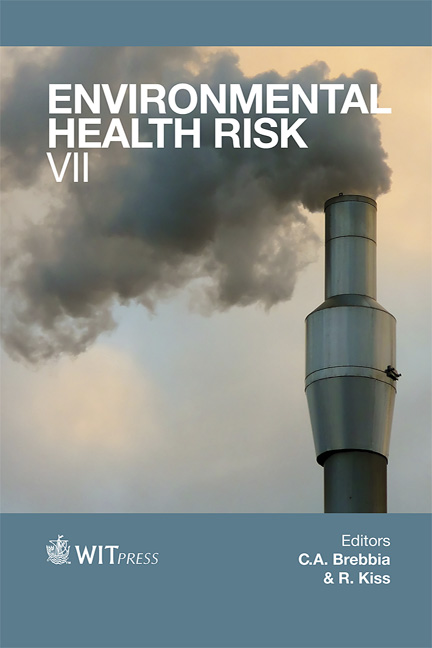Micronucleus Frequencies In Lymphocytes And Buccal Cells In Formaldehyde Exposed Workers
Price
Free (open access)
Transaction
Volume
16
Pages
12
Page Range
83 - 94
Published
2013
Size
76 kb
Paper DOI
10.2495/EHR130081
Copyright
WIT Press
Author(s)
S. Costa, F. Brandão, M. Coelho, C. Costa, P. Coelho, S. Silva, B. Porto & J. P. Teixeira
Abstract
Formaldehyde (FA) is a high-volume production chemical produced worldwide with a large range of industrial and medical uses. Listed, since 2004, by IARC as a human carcinogen, FA status was recently revised by the US government who reclassified this compound as known to be a human carcinogen. Both reclassifications are based on sufficient evidence of carcinogenicity from epidemiologic studies, supporting data on mechanisms of carcinogenesis and experimental evidence in animals. The highest level of human exposure to FA occurs in occupational settings. Consistent findings of increased risks of certain types of rare cancers were found among workers with higher measures of exposure to FA (exposure level or duration). The aim of the present study was to assess the genotoxic effects of occupational exposure to FA. A group of pathology and anatomy workers was evaluated for micronuclei in lymphocytes and in exfoliated buccal cells. Genotoxic endpoints are of great interest in the risk assessment of occupational carcinogens because they precede by a long time the potential health effects, thus offering a greater potential for preventive measures. Micronuclei in lymphocytes and in exfoliated buccal cells were significantly higher in the exposed subjects when compared with controls. Air sampling was performed in the workers’ breathing zone for representative working periods and an 8h-time weighted average was assessed. Results
Keywords
formaldehyde, genotoxicity, micronucleus test, lymphocytes, exfoliated buccal cells





